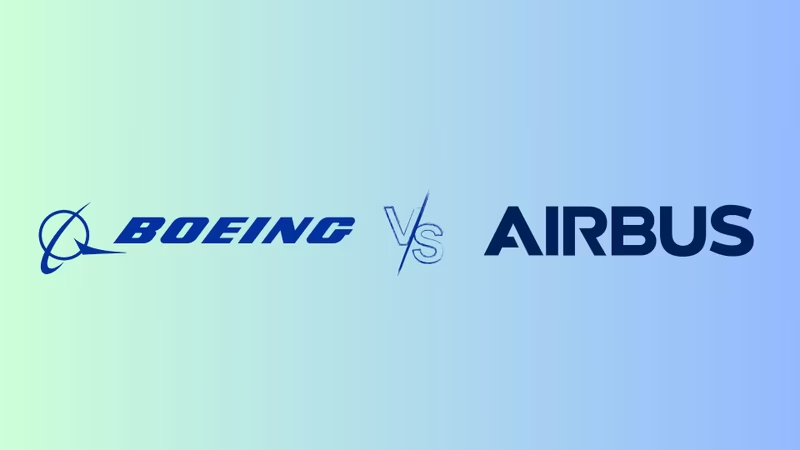As planes have become more available, air travel has become commonplace for people around the world. Every country wants to expand their air travel network.
Expansion of the air network not only eases the lives of citizens and tourists but also serves as a sign of a country's growth.
The global aviation industry is primarily dominated by two giants, namely Boeing and Airbus. These two companies have dominated the market for several decades, and with no major competition emerging, they are expected to continue dominating the industry for decades to come.
Check out the list of richest cities in India.
Industry Overview
The global aviation industry is currently valued at $358.85 billion in 2025 and will expand to a market size of $524.14 billion by 2030, with a CAGR of 7.87%.
With the increase of air travel across the world, it is expected that the aviation market will be in the limelight over the coming years.
The global commercial aviation industry is dominated by a duopoly: Airbus and The Boeing Company.
Company Overview
The Boeing Company
Boeing, founded in 1916 by William E. Boeing, is a U.S.-based aerospace giant known for its commercial aircraft (like the 737 and 787), defence systems, and space technology. Despite recent challenges, it remains a key player in global aviation.
Airbus
Launched in 1970 by the European Consortium of Aerospace Companies, Airbus is Europe's leading aircraft manufacturer, known for models such as the A320neo and A350. It dominates the narrow-body market and is expanding in the defence and space sectors.
Brand Teardown
Financial Analysis
|
Metric |
Airbus |
Boeing |
|
Revenue |
US$75 B |
US$66.5 B |
|
Net Profit/Loss |
€ 4.2 B profit |
US$11.8 B loss |
|
Market CAP |
US$160 B |
US$172.9 B |
|
Market Share |
Around 50% |
Around 45% |
|
Countries Served |
150+ |
150+ |
|
Aircraft Production (FY25) |
700+ |
600+ |
|
R&D Spending |
$3.6 B |
$3.1 B |
|
Order Backlog |
8,658 aircraft (€629 B) |
5,499 aircraft (~ US$435 B) |
|
No. of Employees |
156,921+ |
172,000+ |
|
Cost Per Aircraft |
$110 M (A320), $350M (A350) |
$90 (737), $280M (787) |
Build your wealth with digital gold savings. Save money in 24k digital gold daily, weekly, or monthly with the Jar app.
Strategic Analysis
Here’s our in-depth analysis of Groww vs. Zerodha’s business models.
Final Thoughts
Due to tragic crashes and aviation emergencies, the companies are under pressure to improve production efficiency, as lives are at stake.
The US government supports Boeing, while the EU backs Airbus. It would be fascinating to see how they compete in the future. Can Boeing turn the tables, or will Airbus continue its momentum and growth?
One thing is clear—the future of global aviation will be defined by how these two giants adapt, innovate, and rebuild confidence in the years to come.










